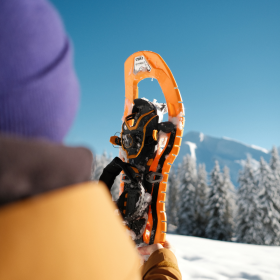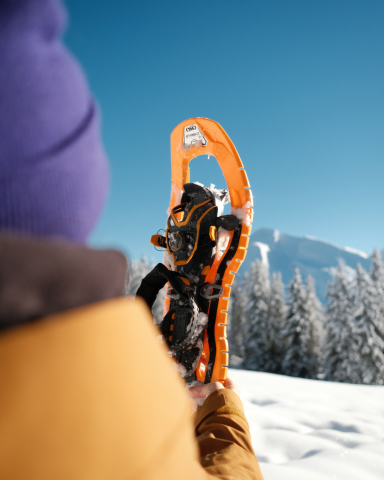
Best Winter Socks For Snowshoeing of 2023
The Role of Socks in Snowshoeing Comfort and Safety
Embarking on a winter hike demands more than just a strong spirit; it requires the right pair of socks to act as a foundational layer for your feet. When selecting socks for snowshoeing, you should consider:
- A secure, comfortable fit that is critical in preventing blisters and supporting circulation, enhancing both safety and comfort.
- The thermal regulation properties of high-quality merino wool socks, which help maintain warmth even in damp conditions.
- The breathability and odor resistance offered by the natural fibers of merino wool.
The best socks for the trail are those that balance insulation with moisture-wicking capabilities, ensuring your feet remain warm without overheating. Durable and well-crafted, they should stand up to the wear of boots and the repeated friction of long treks.
The addition of reinforced heel and toe areas adds longevity to the socks and provides extra protection in high-impact zones. Whether you're facing the chill of a downhill slope or the exertion of an uphill climb, the best socks for snowshoeing are indispensable winter gear for any snowshoer looking to keep their feet in top condition throughout the day.
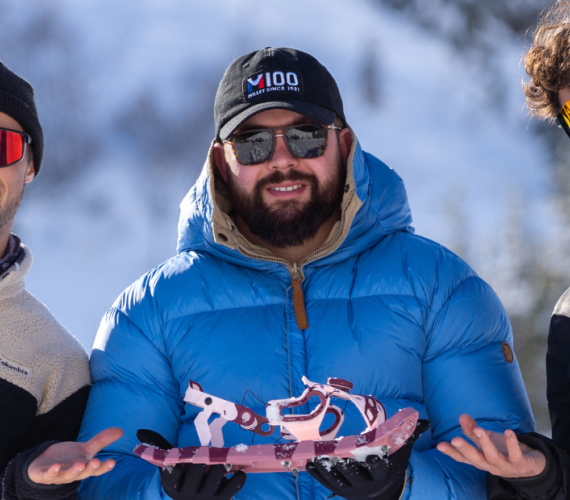
Selecting the Right Material for Snowshoeing Socks
The fabric of your snowshoeing socks is a vital factor in ensuring comfort and performance during winter escapades. The material not only affects warmth but also impacts the durability and overall functionality of the socks. Here are some go to materials for the best socks for snowshoeing.
Merino Wool: The Natural Insulator
- Exceptional Insulation: Merino wool is renowned for its ability to retain heat, ensuring your feet stay warm even when the temperature drops.
- Moisture Management: Its fibers wick away sweat, keeping feet dry and preventing the discomfort of dampness.
- Softness and Comfort: The fine texture of merino wool is gentle on the skin, reducing the potential for blisters and chafing.
Synthetic Blends: The High-Performance Alternative
- Durability: Synthetics are crafted to endure the rigorous conditions of outdoor activities, providing a robust option for snowshoe enthusiasts.
- Thermal Efficiency: Engineered to emulate wool's warmth, synthetic materials offer excellent heat retention without the weight.
- Vegan-Friendly: For those seeking non-animal-derived materials, synthetics provide a suitable and ethical choice.
Whether you opt for the natural warmth of merino wool or the resilience of synthetic fibers, the right material can enhance your snowshoeing experience. Make your selection based on your preferences and the specific conditions you’ll face in your winter adventures.
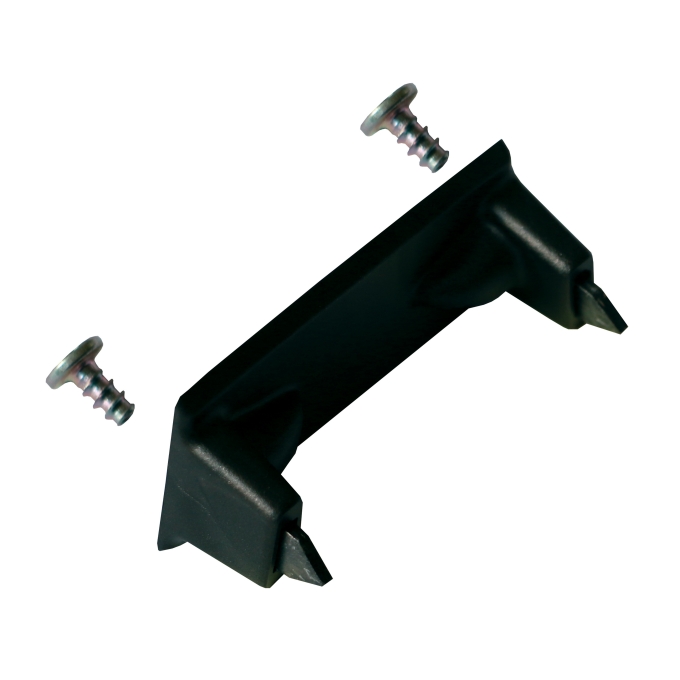
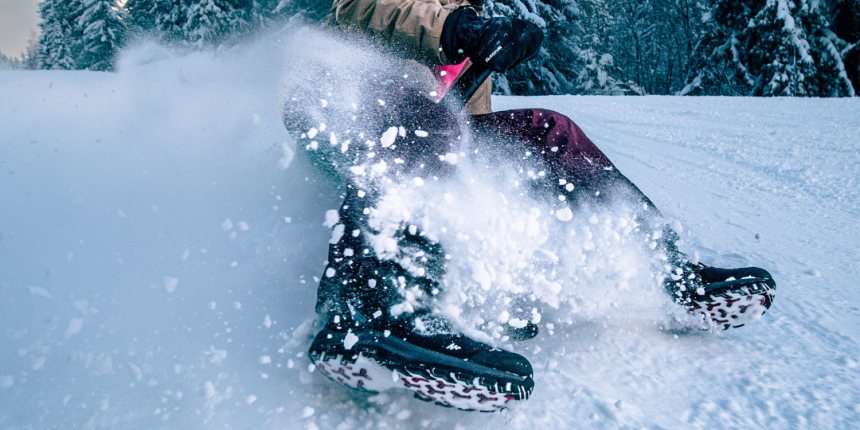
Sock Thickness and Fit: Finding the Right Balance
Finding the ideal thickness and fit is crucial for snowshoeing sock use, as it directly affects your comfort while snowshoeing. Here are some pointers to consider:
- Thickness: A thicker sock offers more warmth and cushioning, which is excellent for colder conditions. However, ensure that they don’t restrict circulation as this can reduce warmth to your feet.
- Fit: Look for socks that conform to the shape of your foot, providing support around the arch and staying snug without slipping. A proper fit can help prevent blisters and discomfort during long treks.
- Boot Compatibility: Consider how the socks will work with your snowshoeing boots. The right combination will enhance warmth and prevent any unwanted movement within the boot, allowing for optimal control and stability.
Avoiding Common Mistakes When Choosing Socks
Even experienced snowshoers can sometimes overlook these key aspects of selecting the best socks for snowshoeing:
- Avoiding Cotton: Cotton retains moisture and can lead to cold and damp feet. Always opt for wool or synthetic blends that provide better moisture management.
- Right Size: Socks that are too tight can restrict circulation, leading to colder feet. Conversely, socks that are too loose can create wrinkles, which might cause blisters.
- Seasonal Appropriateness: Not all wool socks are made equal. Look for socks labeled as 'winter' or 'thermal' to ensure they're designed for cold weather.
Additionally, when shopping for your next pair of snowshoeing socks, consider the day's conditions. A heavier sock might be more suitable for a leisurely day out in extreme cold, while a lighter one might suffice for a strenuous, high-energy snowshoe trek.
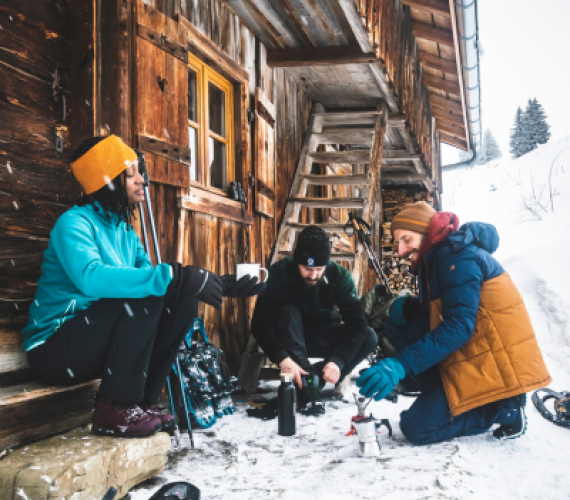
Complementary TSL Outdoor Gear for Snowshoeing
The right socks are just part of the equation for an optimal snowshoeing experience. TSL Outdoor's range of snowshoes and gaiters are engineered to work seamlessly with your gear, elevating your comfort and protection against the elements:
- Snowshoes: TSL Outdoor snowshoes offers the latest in technology to provide unparalleled traction and support in snowy terrains, perfect for any winter expedition.
- Gaiters: Pair your socks with TSL gaiters to prevent snow from entering your boots, keeping your feet dry and warm throughout your adventure.
Ready to step up your snowshoeing game? Explore our curated selection of snowshoes designed for peak performance and comfort. Shop the latest TSL Outdoor winter equipment including women’s snowshoes and kids’ snowshoes today, and prepare to embark on a new winter journey like no other. Your winter sports adventure awaits!
